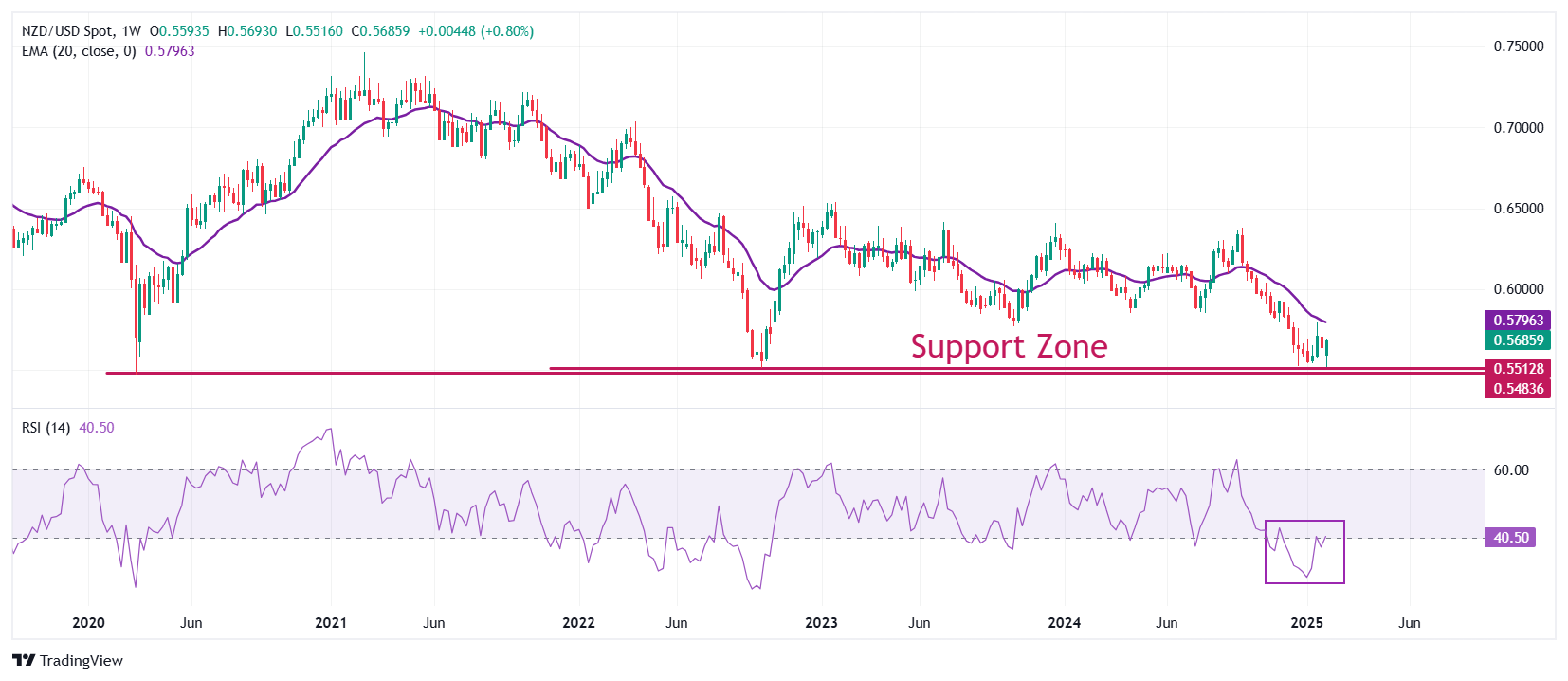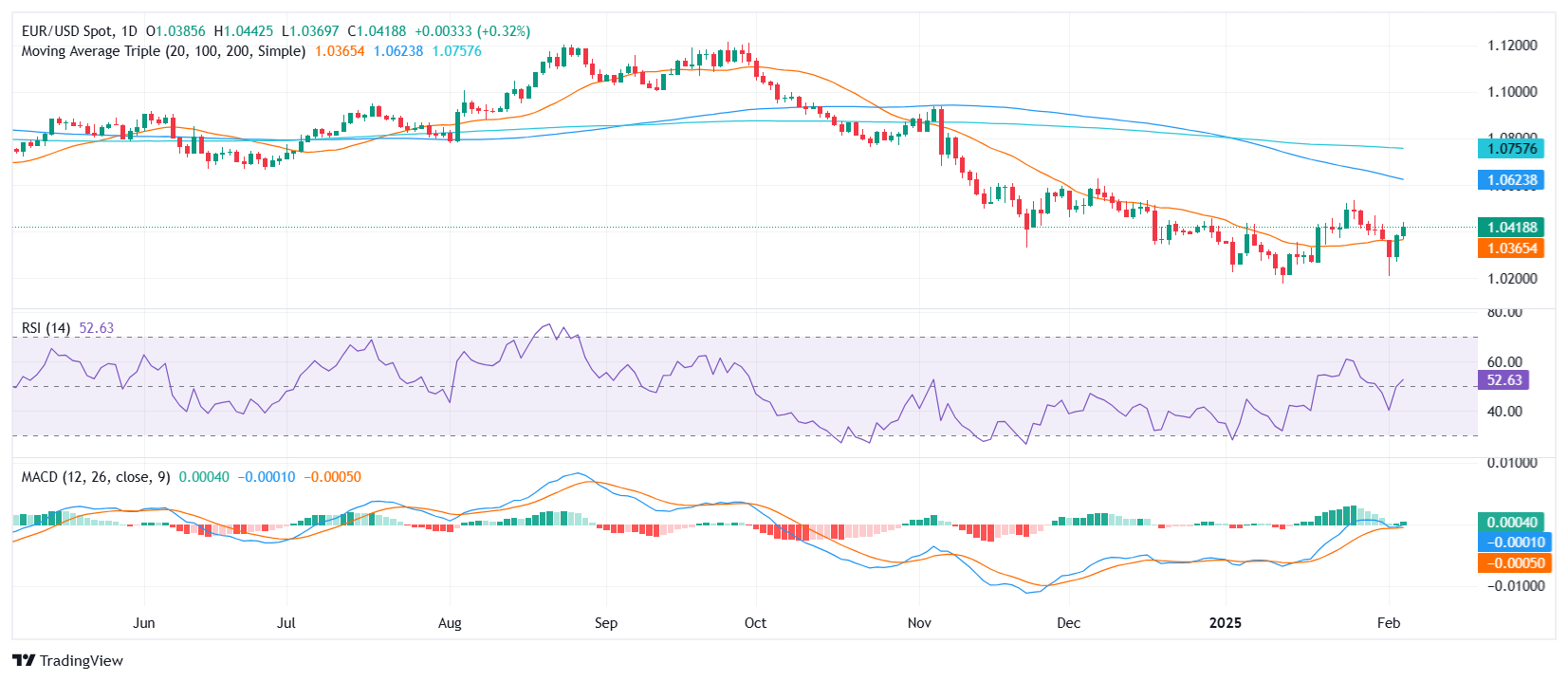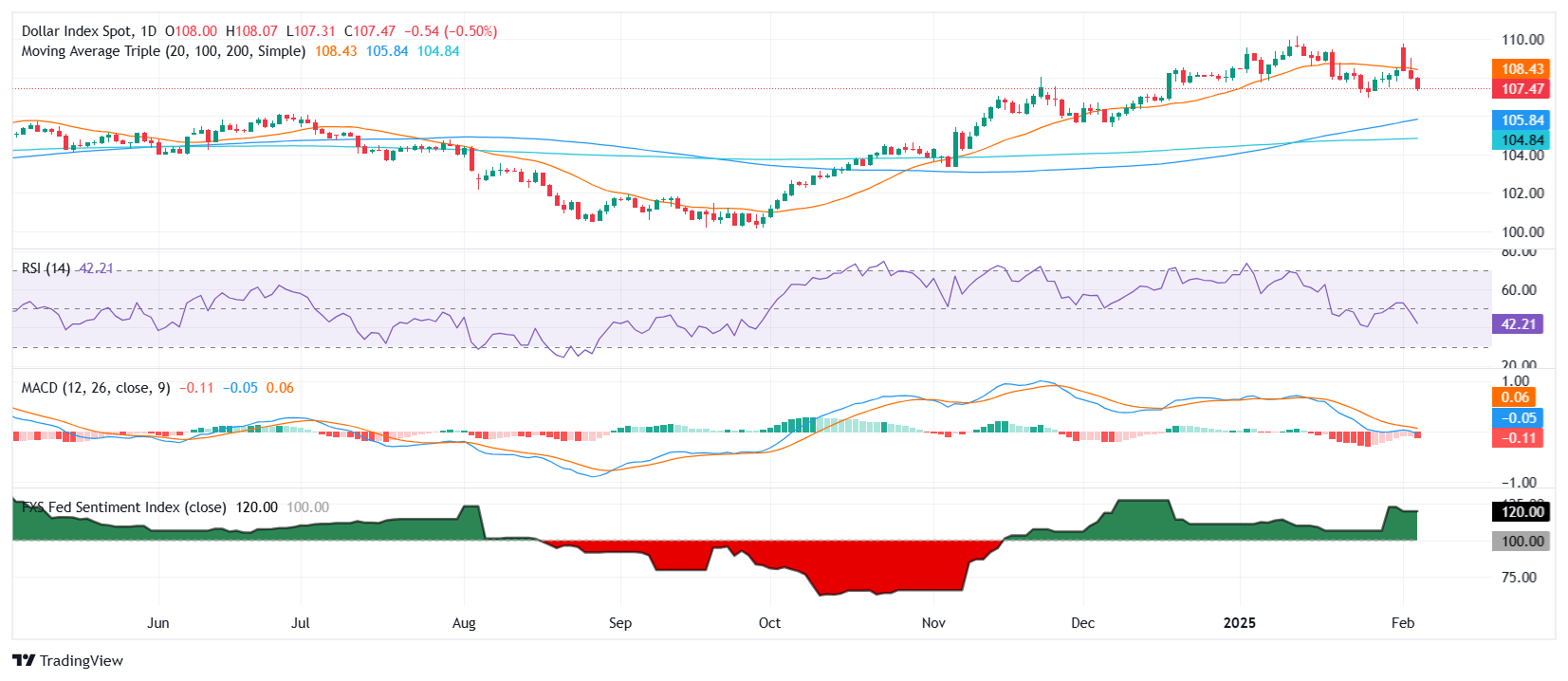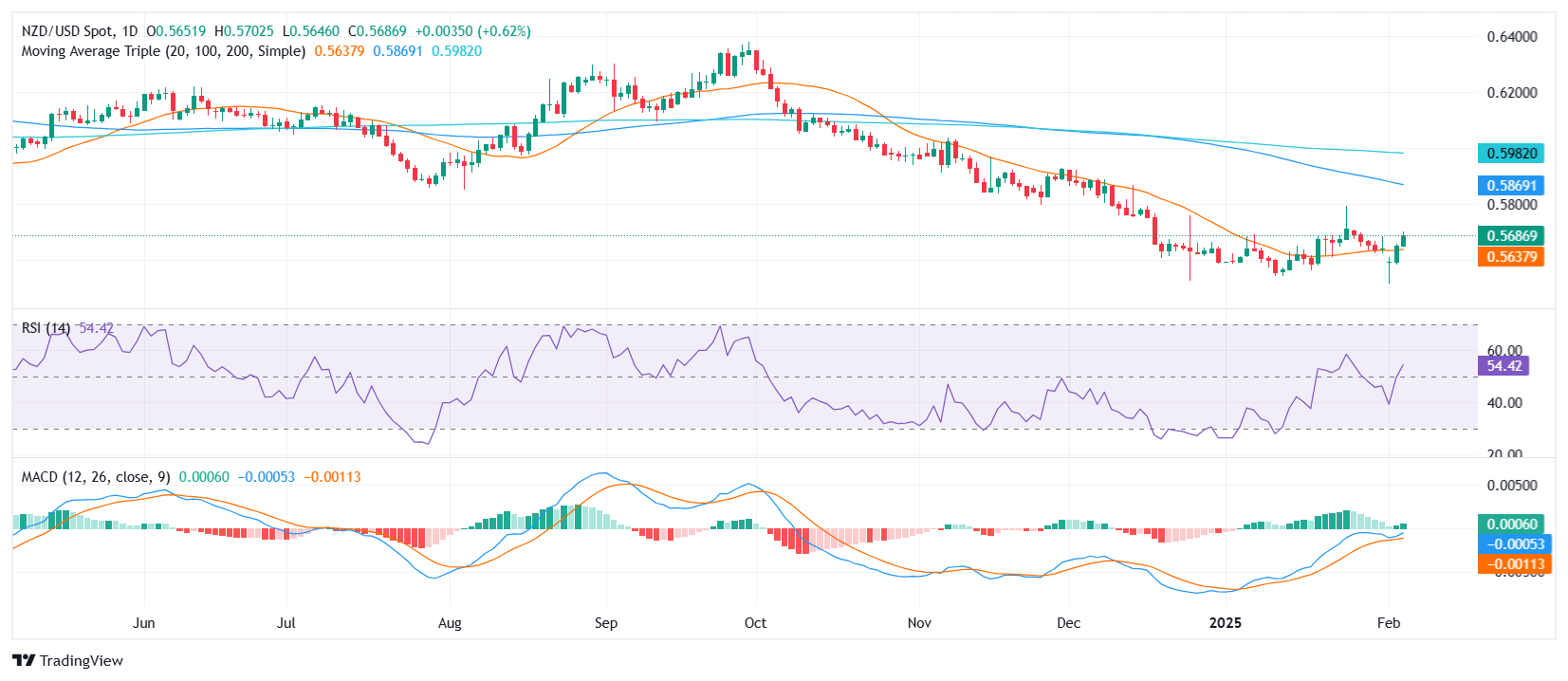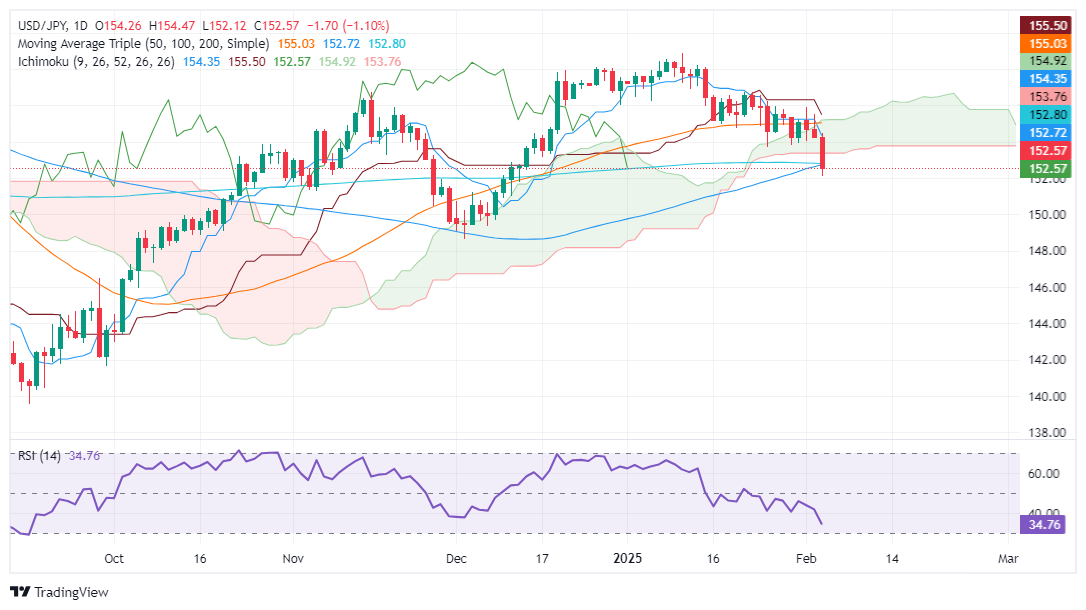US ADP private sector employment rises 183,000 in January vs. 150,000 expected
•Employment in the US private sector rose at a stronger pace than expected in January.
•US Dollar Index stays deep in negative territory near 107.50.
Private sector employment in the US rose 183,000 in December and annual pay was up 4.7% year-over-year, the Automatic Data Processing (ADP) reported on Wednesday. This reading followed the 176,000 (revised from 122,000) increase recorded in December and came in above the market expectation of 150,000.
Assessing the survey’s findings, “we had a strong start to 2025 but it masked a dichotomy in the labor market,” said Nela Richardson, chief economist, ADP. “Consumer-facing industries drove hiring, while job growth was weaker in business services and production.”
Market reaction
The US Dollar Indexstruggles to stage a rebound after this data and was last seen losing 0.42% on the day at 107.55.
